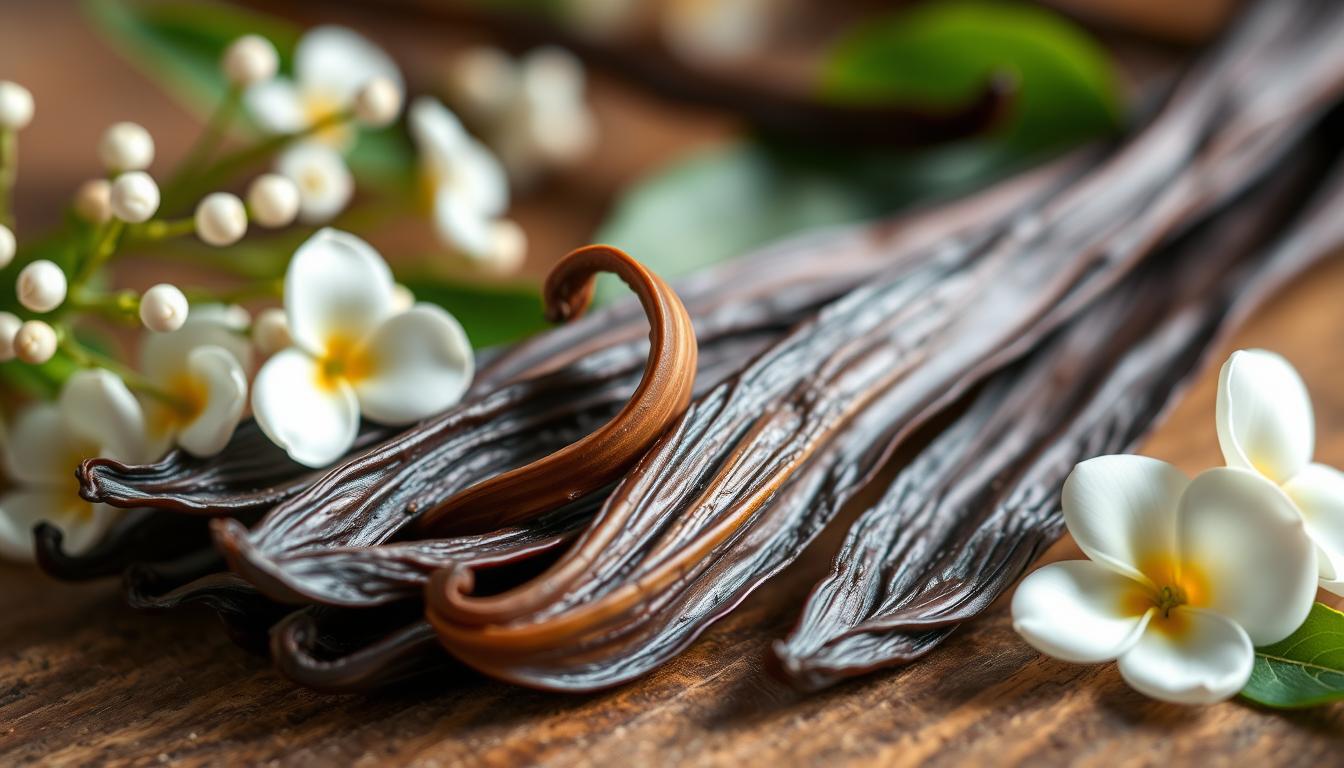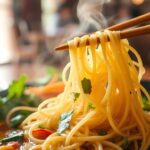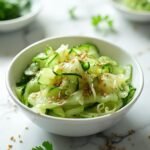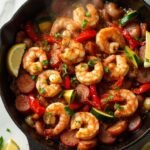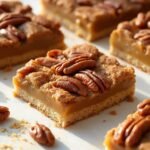Vanilla bean comes from the orchid Vanilla planifolia. It’s loved for its sweet, warm taste. Its history goes back to ancient Mesoamerica, where it was prized for its smell and health benefits.
- The Origins and History of Vanilla Beans
- Does Vanilla Bean Have Caffeine?
- Varieties of Vanilla Beans and Their Unique Flavors
- Nutritional Profile and Composition of Vanilla Beans
- Alternatives and Substitutes for Vanilla Beans
- Health Benefits of Vanilla Beans and Their Compounds
- Culinary Uses and Versatility of Vanilla Beans
- Conclusion
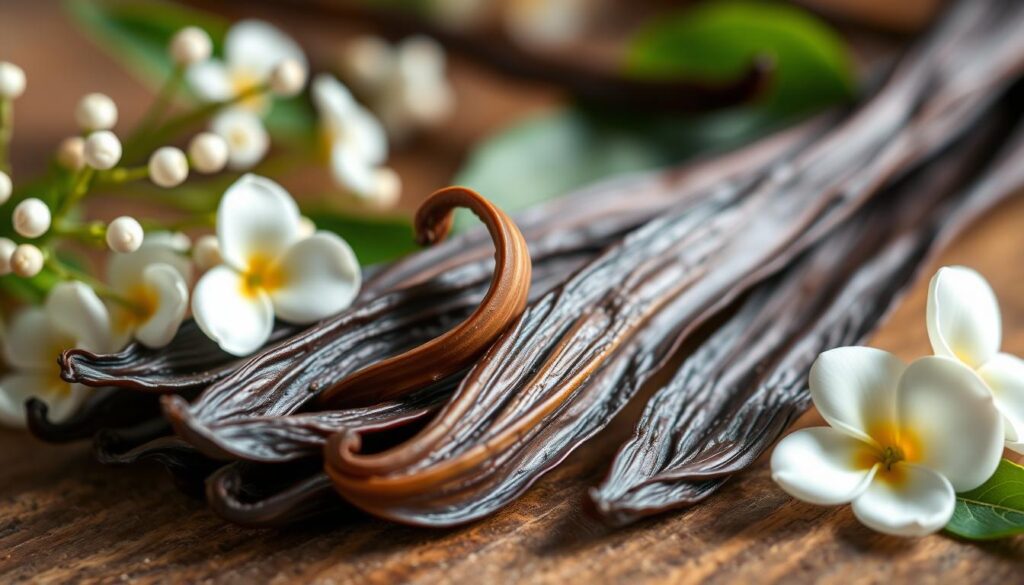
But, vanilla beans don’t have much health value beyond their taste. It’s important to know if they have caffeine, mainly for those who can’t have it. This includes people who are sensitive to caffeine, pregnant, or have health issues.
Knowing how much caffeine is in vanilla beans helps manage intake. This is key to avoid caffeine addiction and its withdrawal symptoms. Vanilla bean is also used in many foods and drinks, so knowing its caffeine content is important for making good food choices.
The Origins and History of Vanilla Beans
Vanilla is known as the “queen of spices.” It has a fascinating history that goes back to ancient Mesoamerica. The vanilla bean comes from the tropical vanilla orchid (Vanilla planifolia). These ancient cultures grew it for its amazing smell and health benefits.
They carefully pollinated the orchid flowers by hand. This secret was kept for generations. As vanilla became popular worldwide, its trade grew. Countries like Madagascar, Indonesia, and Mexico became big vanilla producers and exporters.
Ancient Civilizations and the Cultivation of the Vanilla Orchid
The Totonac people in eastern Mexico were the first to grow vanilla. They saw its special qualities and used it in their traditions and food.
The Aztecs later loved vanilla too. They used it in their food, drinks, and even in religious ceremonies. Aztec emperor Montezuma II loved a vanilla-flavored chocolate drink.
The Vanilla Trade and Its Global Reach
When the Spanish conquistadors came to Mesoamerica, they fell in love with vanilla’s smell and taste. They took it back to Europe, starting the vanilla trade.
Now, vanilla is one of the priciest spices, like saffron and cardamom. Its hard-to-make process, including hand-pollination and curing, makes it very valuable. It’s used in many dishes around the world.
Vanilla’s global fame shows its lasting appeal and the rich history behind it.
Does Vanilla Bean Have Caffeine?
Vanilla beans are naturally caffeine-free. Their rich flavor comes from compounds like vanillin, not caffeine. This makes vanilla a favorite without the caffeine kick.
The Caffeine-Free Nature of Pure Vanilla Beans
Vanilla-flavored treats are often linked with caffeine, but vanilla itself doesn’t have it. Pure vanilla beans and extracts give a tasty flavor without caffeine.
Common Misconceptions About Vanilla and Caffeine
- Some think vanilla has caffeine because it’s sweet. Many vanilla-flavored items are also sugary or paired with caffeine.
- Commercial vanilla products might include caffeine, making people think vanilla is a stimulant.
- Knowing vanilla is caffeine-free helps people choose wisely, avoiding caffeine if they want to.
Understanding vanilla’s caffeine-free status lets us enjoy its comforting flavor fully. This is without any unwanted caffeine effects.
Varieties of Vanilla Beans and Their Unique Flavors
Vanilla beans come in many types, each with its special taste. From the creamy Madagascar vanilla to the delicate Tahitian vanilla, there’s a wide range for everyone. Whether you’re a chef or just love flavors, there’s something for you.
The Madagascar vanilla bean is known for its rich, creamy taste. It has sweet and floral notes. On the other hand, Tahitian vanilla beans are famous for their floral scent and milder flavor. They have hints of licorice and cherry.
Mexican vanilla beans are bold and spicy, with notes of nutmeg and cinnamon. Ugandan vanilla beans have a strong and bold taste. Indonesian vanilla beans are unique, with a smoky flavor and hints of chocolate and tobacco.
Other varieties include Indian vanilla, known for its spicy and woody notes. West Indian vanilla is sweet and floral, great for desserts or cocktails. The Papua New Guinea vanilla bean is special, thanks to the region’s perfect growing conditions.
| Vanilla Bean Variety | Flavor Profile |
|---|---|
| Madagascar Vanilla | Rich, creamy with sweet and floral notes |
| Tahitian Vanilla | Floral, delicate with licorice and cherry undertones |
| Mexican Vanilla | Robust and spicy with undertones of nutmeg and cinnamon |
| Ugandan Vanilla | Bold and robust flavor profile |
| Indonesian Vanilla | Smoky and woody with hints of chocolate and tobacco |
| Indian Vanilla | Woody and spicy notes |
| West Indian Vanilla | Sweet and floral, perfect for light and fruity desserts |
| Papua New Guinea Vanilla | Exceptional flavor profile due to ideal growing conditions |
“The world of vanilla is a captivating one, with each bean variety showing a unique and delightful flavor profile.”
Nutritional Profile and Composition of Vanilla Beans
Vanilla beans are a great addition to any dish, packed with nutritional benefits. A single vanilla bean pod weighs about 0.5 grams and has only 1.4 calories. They are also free from vanilla bean macronutrients like fat, cholesterol, and sodium.
These beans have very little carbohydrates, dietary fiber, and sugar. They do contain trace amounts of minerals like calcium, iron, and potassium. This adds a bit of nutrition to your food.
The main parts of vanilla beans are compounds like vanillin and ethyl vanillin. These give vanilla its unique smell and taste. Vanilla beans also have cellulose, lignin, and other minerals that enhance their flavor.
Vanilla beans are also caffeine-free. This makes them a great choice for many recipes, from sweet treats to savory dishes.
The Nutritional Breakdown of Vanilla Beans
- Calories: 1.4 calories per 0.5 gram vanilla bean pod
- Macronutrients: Zero fat (saturated, polyunsaturated, and monounsaturated), cholesterol, and sodium
- Carbohydrates: Negligible amounts of carbohydrates, dietary fiber, and sugar
- Micronutrients: Trace amounts of minerals like calcium, iron, and potassium
- Caffeine: Naturally caffeine-free
Vanilla beans are special because of their flavor and lack of calories, fat, and caffeine. They are a healthy choice for many recipes.
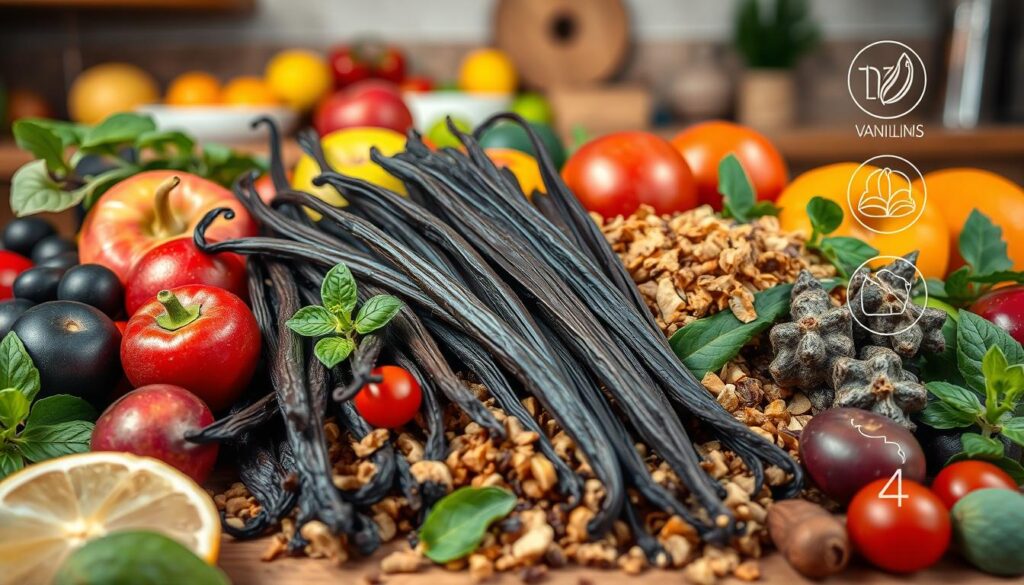
Alternatives and Substitutes for Vanilla Beans
While nothing can perfectly replicate the rich, complex flavor of pure vanilla beans, several alternatives can effectively mimic various aspects of the iconic vanilla taste. Whether you’re seeking a caffeine-free option or simply exploring new ways to enhance your culinary creations, these vanilla bean alternatives and substitutes are worth exploring.
Caffeine-Free Alternatives to Mimic the Vanilla Flavor
Tonka beans have a unique aroma that blends vanilla, almond, sweet cherry, caramel, and a hint of spice. They are a great substitute for vanilla in custards, ice creams, and other desserts. Cassia bark, the more readily available type of cinnamon, provides a familiar warmth and sweetness with a similar undertone to vanilla. It’s a great choice for baked goods and warm beverages.
Other caffeine-free options include almond extract, maple syrup, honey, vanilla paste, dried coconut, rose water, orange blossom water, and saffron. Each can mimic various aspects of the vanilla flavor in different culinary applications.
| Vanilla Bean Alternative | Recommended Usage |
|---|---|
| Tonka Beans | Custards, ice creams, and other desserts |
| Cassia Bark (Cinnamon) | Baked goods and warm beverages |
| Almond Extract | Baking and confections |
| Maple Syrup | Pancakes, waffles, and baked goods |
| Vanilla Paste | Baking and as a 1:1 substitute for vanilla extract |
By exploring these vanilla bean alternatives and vanilla flavor substitutes, you can find creative ways to achieve the desired caffeine-free vanilla profile in your culinary creations.
Health Benefits of Vanilla Beans and Their Compounds
Research on vanilla beans is growing, showing they might be good for us. Vanillin and vanillic acid, key parts of vanilla, seem to have antioxidant and anti-inflammatory powers. These findings come from test-tube and animal studies.
Antioxidant and Anti-Inflammatory Properties
Vanillin and vanillic acid protect brain and liver cells from damage. They do this by fighting oxidative stress and aging. In animal studies, they also cut down inflammation by lowering certain markers.
Potential Neuroprotective Effects
Some studies hint that vanillin and vanillic acid might protect our nervous system. They could help keep our memory sharp. But, most of this research is in labs, and we need more studies on people to know for sure.
| Compound | Potential Health Benefits |
|---|---|
| Vanillin |
|
| Vanillic Acid |
|
“While research is limited, some studies suggest that the compounds found in vanilla, particular vanillin and vanillic acid, may offer potential health benefits.
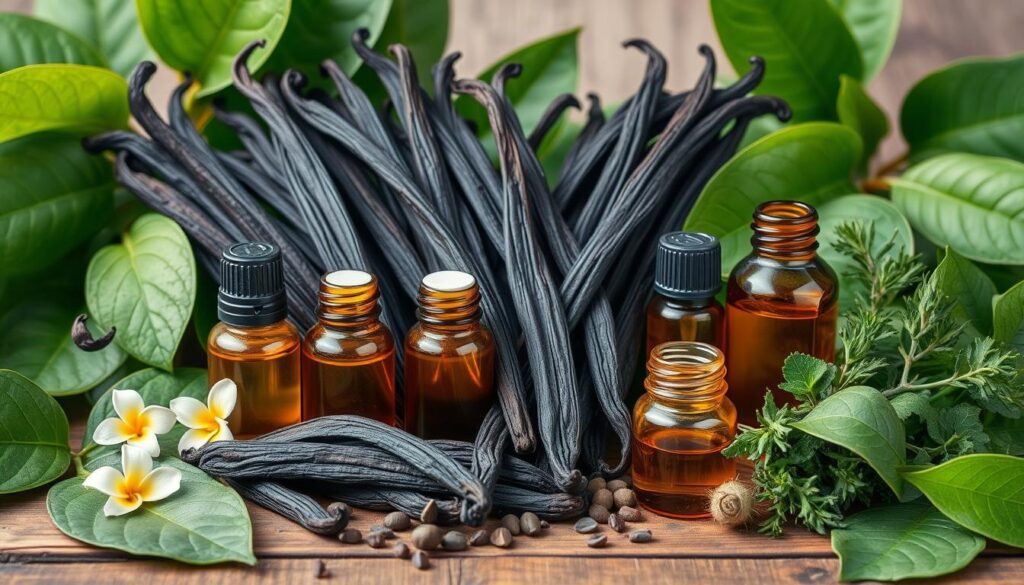
Culinary Uses and Versatility of Vanilla Beans
Vanilla beans and their extracts are very versatile in cooking. They are a key ingredient in many desserts like cakes and cookies. They also make drinks like coffee and milkshakes taste better. Plus, they can add depth to savory dishes too.
Baking, Beverages, and Beyond
Vanilla pods can be swapped with vanilla powder, extract, or paste. This makes vanilla a great choice for many recipes. Vanilla powder comes from vanilla pods and has a strong vanilla taste and smell.
Grounded Vanilla is used in many dishes. Usually, one to two tablespoons are enough. Vanilla powder can make breakfast dishes taste better, adding a nice vanilla aroma. It can also flavor coffee, making it creamy and delicate.
Vanilla powder can be added to tea, milk, or hot chocolate for a tasty twist. It can also be used in savory dishes. Mixing it with spices can add a creamy flavor to meats, veggies, sauces, and marinades.
Selecting High-Quality Vanilla Products
When picking vanilla products, look for pure vanilla extract. It must have at least 13.35 ounces of vanilla beans per gallon of liquid, as the FDA requires. Whole vanilla beans and vanilla bean powder offer more flavor control. Buying from trusted brands ensures the best taste and avoids fake vanilla.
Conclusion
Vanilla beans are loved for their unique flavor and health benefits. They are naturally caffeine-free, perfect for those watching their caffeine intake. With a history dating back to ancient Mesoamerica, vanilla beans are now enjoyed worldwide.
Research shows vanilla may have antioxidant, anti-inflammatory, and neuroprotective effects. This makes vanilla beans a favorite in both sweet and savory dishes. They add depth to many foods and drinks.
In short, vanilla beans are caffeine-free, have a rich history, and may offer health benefits. They are a delightful addition to a healthy lifestyle. This vanilla bean recap shows why they are so popular among food lovers and health enthusiasts.


